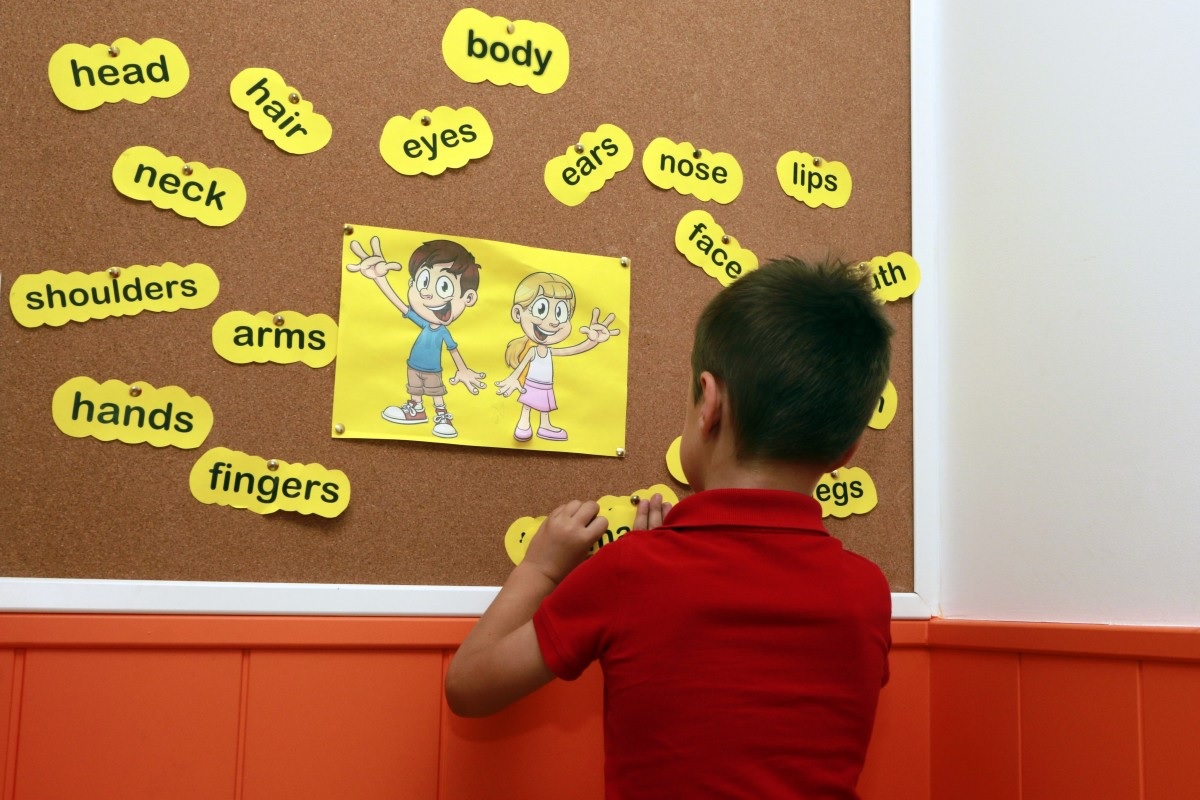
The field of corporate learning has undergone a significant transformation in recent years, as organizations have increasingly recognized the importance of investing in employee training and development. As we move into 2023, it’s clear that this trend will only continue to grow in importance, with companies seeking innovative ways to upskill their workforces and stay competitive in an ever-evolving business landscape. In this article, we’ll explore some of the key trends in corporate learning that are likely to emerge this year, with a particular focus on instructional design in Australia.
Personalization and Adaptive Learning
Personalization and adaptive learning experiences are among the most significant trends in corporate learning this year. As organizations recognize that every employee has unique strengths, weaknesses, and learning styles, they are seeking ways to tailor training programs to individual needs and preferences. This has led to the development of adaptive learning technologies that use data and analytics to create personalized learning paths and provide real-time feedback to learners.
The demand for personalized learning experiences is driving a shift towards more learner-centric instructional design. Designers are creating employee training programs that are interactive, engaging, and responsive to the needs of individual learners. They are also incorporating technologies such as artificial intelligence and machine learning to provide real-time feedback and support.
Microlearning
Microlearning is another trend that is gaining momentum in corporate learning this year. This approach involves breaking down training content into bite-sized modules that can be completed in short bursts of time, typically less than 10 minutes. Microlearning is popular because it allows learners to consume information at their own pace and on their own schedule, making it ideal for busy professionals who may only have a few minutes to spare between meetings or tasks.
The popularity of microlearning is driving a shift towards modular instructional design. Designers are creating training modules that are short, focused, and designed to deliver specific learning outcomes. They are also exploring the use of multimedia content such as videos, infographics, and podcasts to make training more engaging and accessible.
Gamification
Gamification is another trend that is likely to gain momentum in corporate learning this year. This approach involves using game-like elements such as points, badges, and leaderboards to motivate learners and make training more engaging. Gamification has been shown to be effective in increasing learner engagement and knowledge retention, making it a popular choice for corporate training programs.
Gamification is driving a shift towards more experiential instructional design. Designers are creating training programs that are interactive and immersive, using technologies such as virtual reality and augmented reality to create realistic simulations and scenarios. They are also exploring the use of game-based learning to teach complex concepts and skills in a fun and engaging way.
Social Learning
Social learning is another trend that is gaining traction in corporate learning this year. This approach involves creating opportunities for learners to collaborate and share knowledge with each other, whether through online forums, discussion boards, or social media platforms. Social learning is popular because it allows learners to learn from each other and build connections, making training more engaging and effective.
The popularity of social learning is driving a shift towards more collaborative instructional design. Designers are creating training programs that encourage learners to work together, whether through group projects, peer feedback,or online discussions. They are also incorporating social media tools such as blogs, wikis, and podcasts to facilitate knowledge sharing and collaboration.
Virtual and Augmented Reality
Virtual and augmented reality (VR/AR) technologies are likely to gain momentum in corporate learning this year. These immersive technologies provide learners with a realistic and interactive learning experience, allowing them to explore complex concepts and scenarios in a safe and controlled environment. VR/AR is particularly useful for training programs that require hands-on experience, such as technical skills or safety procedures.
The use of VR/AR technologies is driving a shift towards more immersive instructional design. Designers are creating training programs that use these technologies to simulate real-world scenarios and provide learners with hands-on experience. They are also exploring the use of mixed reality, which combines VR and AR to provide an even more interactive and realistic learning experience.
Data Analytics
Data analytics is another trend that is likely to continue to gain momentum in corporate learning this year. By analyzing data on learner behavior, engagement, and performance, organizations can gain valuable insights into the effectiveness of their training programs and make data-driven decisions about how to improve them. Data analytics can also be used to personalize learning experiences and provide real-time feedback to learners.
The use of data analytics is driving a shift towards more evidence-based instructional design. Designers are using data to identify areas where learners are struggling and to tailor training programs to individual needs. They are also using data to measure the effectiveness of training programs and make data-driven decisions about how to improve them.
Conclusion
As we’ve seen, there are many exciting trends in corporate learning that are emerging in 2023, and they’re likely to transform the way that employees learn and develop their skills. Whether it’s through personalized and adaptive learning, gamification, or VR/AR technologies, the focus is increasingly on creating engaging, immersive, and interactive learning experiences that provide real value to learners. In Australia, instructional design is becoming more learner-centric, experiential, and evidence-based, which is enabling organizations to better understand their employees’ needs and create more effective training programs.
In the years ahead, it’s likely that these trends will continue to evolve and expand, as organizations seek new and innovative ways to build the skills and capabilities of their workforces. By staying on top of these trends and investing in the latest technologies and methodologies, organizations can create learning environments that are engaging, effective, and well-suited to the needs of their employees. Ultimately, this will enable them to stay competitive and thrive in an ever-changing business landscape.









